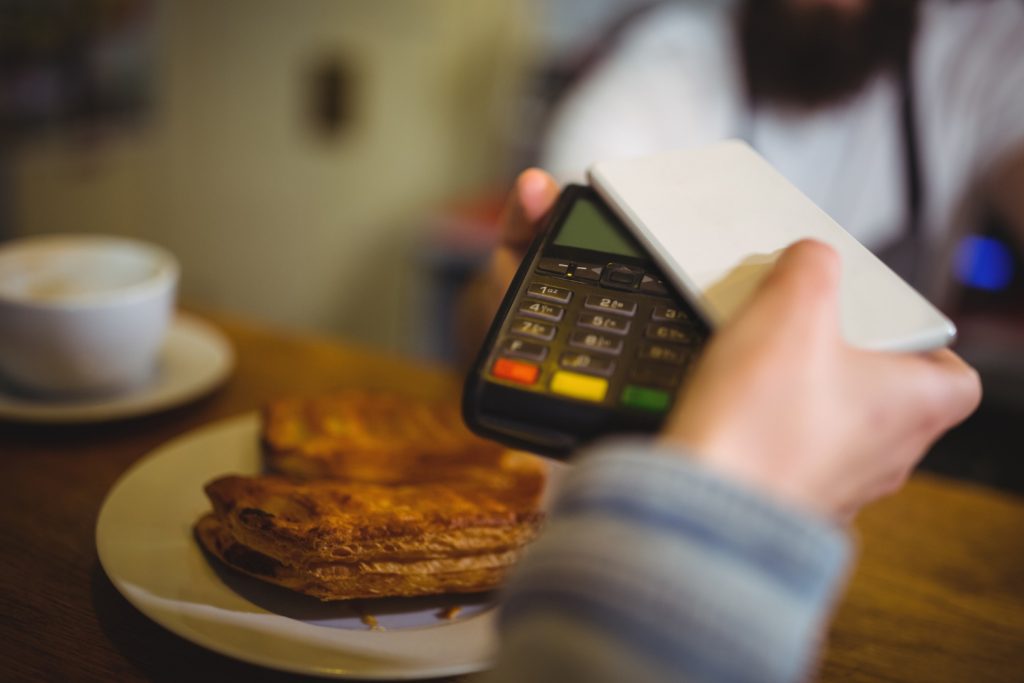
By Bella Zhang March 12, 2025
Making mouthwatering treats is only one aspect of owning a bakery. Whether you run a large commercial bakery or a small neighborhood bakery, it’s critical to comprehend the costs associated with payment processing. Exchange plus pricing is one of the most popular pricing schemes for merchant services, and depending on the size and volume of sales at your bakery, it can have a big effect on your profitability.
Understanding Interchange Plus Pricing
Interchange plus pricing is a transparent payment processing model in which credit card networks (Visa, Mastercard, etc.) set interchange fees and merchants pay a fixed markup on top of those fees. A clear breakdown of costs is provided by interchange plus pricing, as opposed to tiered pricing, which groups fees into various categories.
Components of Interchange Plus Pricing
Interchange Fees – These are non-negotiable fees set by card networks and paid to the card-issuing bank.
Processor Markup – This is a fixed percentage or flat fee added by the payment processor.
Assessment Fees – Charged by the card networks for maintaining their networks.
Since interchange fees depend on factors like transaction type, card type, and sales volume, both small and large bakeries experience different pricing structures.
How Bakery Size Affects Payment Processing Costs
The transaction costs, operational effectiveness, and capacity to obtain advantageous pricing structures from payment processors are all directly impacted by a bakery’s size. Bigger bakeries enjoy reduced fees and tailored pricing structures, while smaller bakeries have less negotiating power and higher transaction costs. It is essential for bakery owners who want to reduce expenses and boost profitability to understand these distinctions.

Small Bakery Payment Processing Challenges
Small bakeries, typically local establishments with limited sales volume, face unique challenges when it comes to payment processing.
Higher Per-Transaction Costs – Since interchange fees are often fixed per transaction, lower sales volume means each transaction carries a relatively higher percentage of processing fees.
Limited Negotiation Power – Banks and processors may not offer small bakeries the best rates due to lower transaction volumes.
Equipment and Maintenance Costs – Investing in POS systems, contactless payment terminals, and other processing tools may add extra financial burdens.
Optimizing Small Bakery Payment Processing To mitigate high costs, small bakeries should:
- Opt for cost-effective pricing models tailored for low-volume merchants.
- Choose flat-rate pricing if they have very low transaction counts.
- Utilize POS systems with integrated payment processing to reduce overhead costs.
Large Bakery Transactions and Pricing Advantages
Higher transaction volumes are handled by larger bakeries, especially those that supply eateries, supermarkets, or run several locations. This has a number of benefits:
Lower Per-Transaction Fees – With a high sales volume, the impact of fixed transaction fees decreases, reducing the volume-based merchant fees.
Negotiation Leverage – High-volume merchants can negotiate better interchange plus pricing with payment processors.
Specialized Payment Solutions – Large bakeries can implement advanced payment solutions like automated invoicing, mobile payments, and online ordering portals, making transactions smoother and more efficient.
Optimizing Large Bakery Transactions
- Leverage bulk processing discounts offered by merchant service providers.
- Choose processors offering customized interchange plus rates for high-volume merchants.
- Use data analytics to monitor and optimize payment trends, reducing unnecessary fees.
Impact of Sales Volume on Volume-Based Merchant Fees
A bakery’s merchant fee costs are largely determined by its sales volume. Let’s dissect its impact:
Low-Volume Bakeries
- Pay higher per-transaction fees since costs are spread across fewer sales.
- Might qualify for flat-rate pricing, which simplifies costs but can be expensive for growing bakeries.
- Risk being categorized under high-risk merchant accounts, leading to additional fees.
High-Volume Bakeries
- Benefit from lower per-transaction costs due to economies of scale.
- Qualify for volume discounts and reduced interchange rates.
- Can implement subscription-based processing models to further lower costs.
Finding the Right Balance
Hybrid pricing models combining interchange plus pricing with some fixed costs.
- Building a loyalty program to encourage repeat transactions and boost revenue.
- Reducing chargebacks by using secure payment methods and fraud prevention tools.

Cost-Effective Pricing Strategies for Bakeries
The secret is to lower payment processing costs without sacrificing client satisfaction. Here’s how bakeries of all sizes can improve their approach to accepting payments:
1. Choose the Right Payment Processor
- Small bakeries should look for providers offering low monthly fees and no long-term contracts.
- Large bakeries should negotiate interchange rates and request volume discounts.
2. Optimize Payment Methods
- Encourage customers to use debit cards, which have lower interchange fees than credit cards.
- Offer cash discounts to reduce card processing costs.
- Enable contactless and mobile payments for faster checkouts and potentially lower fees.
3. Implement Smart POS Systems
- Small bakeries should opt for all-in-one POS solutions to minimize processing fees.
- Large bakeries can integrate inventory and payment processing for streamlined operations.
4. Monitor and Analyze Transactions
- Regularly review processing statements to detect unnecessary fees.
- Utilize analytics to optimize pricing strategies and customer spending trends.
5. Avoid Hidden Fees
- Be aware of PCI compliance fees, early termination fees, and batch processing fees that can add up over time.
- Conclusion
Your bakery’s size and sales volume have a significant impact on how interchange plus pricing impacts your company. Since processing payments for small bakeries is typically more costly per transaction, cost-cutting strategies are essential. However, volume-based merchant fees that lower overall costs are made possible by large bakery transactions. Bakeries can maximize profits by streamlining their payment processing and negotiating better rates by learning how cost-effective pricing strategies operate. Selecting the appropriate payment processing plan is essential for long-term success, regardless of the size of your business—from a small, family-run bakery to a massive commercial baking operation.
Ultimately, analyzing sales volume, transaction trends, and merchant fee structures will help your bakery thrive in today’s competitive market.